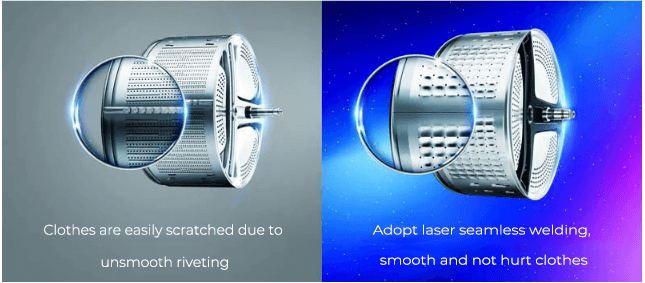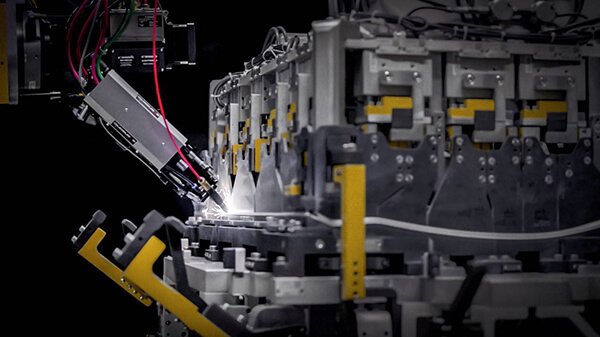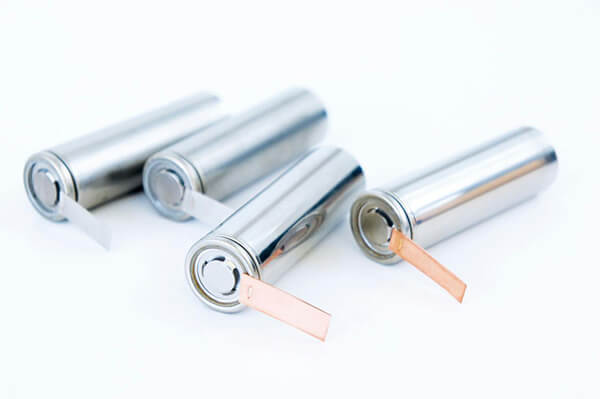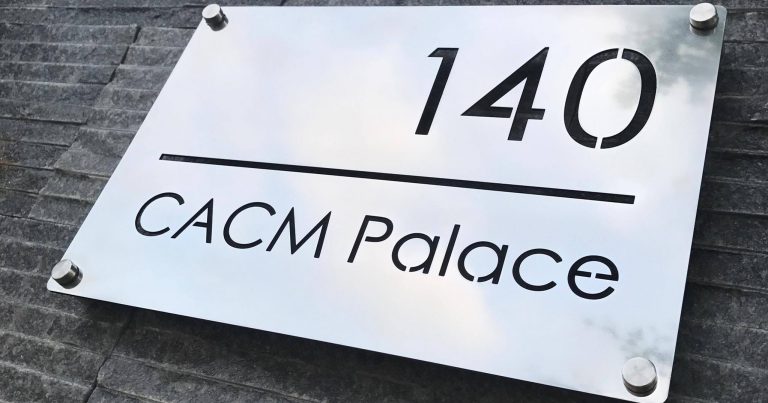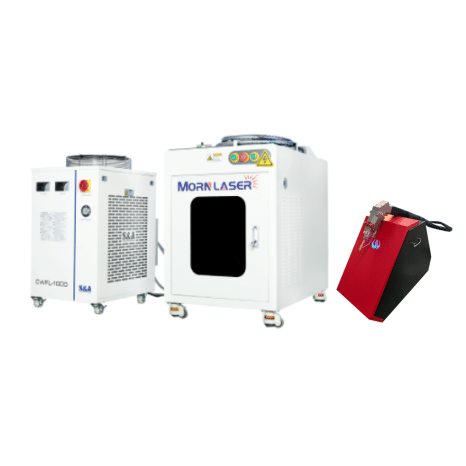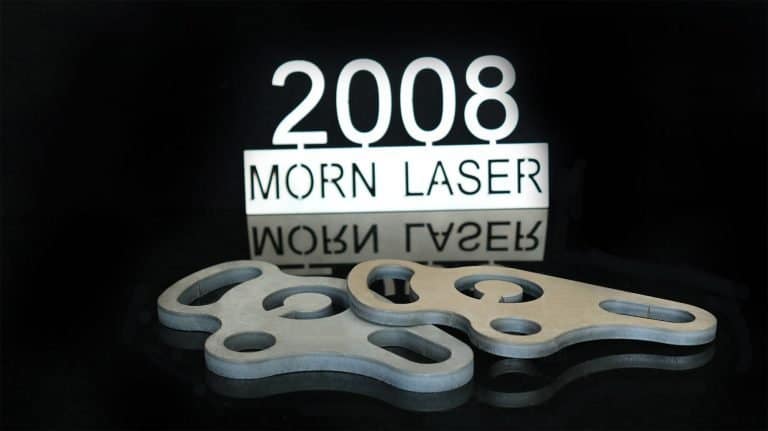Table of Contents
What industry is laser welding machine suitable for?
Laser welding machine technology has been widely used in high-precision manufacturing fields such as automobiles, ships, airplanes, high-speed rail, etc., which has brought great improvement to people’s quality of life and led the household appliance industry into the precision era.
Especially after the 42-meter seamless welding technology created by Volkswagen greatly improved the integrity and stability of the car body, Haier Group, the leading enterprise of household appliances, grandly launched the first laundry machine produced by laser seamless welding technology, which cherished the progress of science and technology for the people, and advanced laser technology could bring great changes to people’s lives. With the continuous consolidation of washing machine’s global brand status, its leading role in the industry begins to be fully demonstrated. However, with the support of laser welding machine technology, there will be a deeper reform in the household appliance industry. According to Haier R&D personnel, the manufacturing technology of the inner barrel of automatic washing machines in the market mostly adopts the “buckle” technology, and there will be gaps or unevenness in the joint of the inner barrel, resulting in low strength of the barrel and unnecessary wear on clothes. In order to further improve the reliability and refinement of the inner barrel, Haier washing machine takes the automobile and shipbuilding industries as reference mothers, and applies laser seamless welding technology to the new uniform power washing machine, thus avoiding the generation of cracks and unevenness in the inner barrel, improving the reliability of the product in an all-round way and taking care of the clothes more. Due to the improvement of the strength of the inner tub, the high rotating speed of the uniform power washing machine in the dehydration process is also increased by 25% compared with that of the ordinary automatic washing machine, and the dehydration efficiency is greatly improved, with less power consumption and less time consumption.
In addition, it is also known that the “high-power laser welding machine technology” jointly developed by Sino-German shipbuilding industry ensures the safety of ships and further strengthens the hull structure; In the aviation field, laser seamless welding technology has also been widely used in the manufacture of aircraft engines. At the same time, laser seamless welding technology of aluminum alloy fuselage can replace rivets, thus reducing the weight of fuselage by 20%; China’s high-speed rail track has also introduced laser seamless welding technology, which not only improves the safety performance, but also greatly reduces the noise and brings passengers a quiet and comfortable riding environment.
With the all-round development of science and technology and the continuous consolidation and application of laser welding machine technology, the global home appliance industry has also entered a new era. The new technology is not only the upgrading of products, but also the display and application of more technologies.
I. manufacturing application
Laser tailor-welded blanks technology has been widely used in foreign car manufacturing. According to statistics, in 2000, there were more than 100 laser tailor-welded blanks in the world, with an annual output of 70 million tailor-welded blanks for car components, which continued to grow at a high speed. Passat, Buick, Audi, etc., which are imported from China, also adopt some cutting slab structures. In Japan, laser welding has replaced flash butt welding for the connection of rolled steel coils in the steel industry. In the research of ultra-thin plate welding, such as foils with thickness less than 100 microns, it can not be welded, but YAG laser welding with special output power waveform is successful, which shows the broad future of laser welding. Japan also successfully developed YAG laser welding for the first time in the world to repair the thin tubes of steam generators in nuclear reactors, and Su Baorong also carried out laser welding technology for gears in China.
II. The field of powder metallurgy
With the continuous development of science and technology, many industrial technologies have special requirements for materials, and materials manufactured by smelting and casting methods can no longer meet the needs. Because of its special properties and manufacturing advantages, powder metallurgy materials are replacing traditional smelting and casting materials in some fields, such as automobile, airplane, tool and cutting tool manufacturing. With the development of powder metallurgy materials, the connection between powder metallurgy materials and other parts has become increasingly prominent, which limits the application of powder metallurgy materials. In the early 1980s, laser welding entered the processing field of powder metallurgy materials with its unique advantages, which opened up new prospects for the application of powder metallurgy materials. For example, the brazing method commonly used in the connection of powder metallurgy materials was used to weld diamonds, and the brazing filler metal melted and fell off because of its low bonding strength, wide heat affected zone, especially the inability to adapt to high temperature and high strength requirements. Laser welding can improve the welding strength and high temperature resistance.
III. Automobile industry
In the late 1980s, kilowatt laser was successfully applied in industrial production, and now laser welding production line has appeared in automobile manufacturing industry on a large scale, becoming one of the outstanding achievements of automobile manufacturing industry. European automobile manufacturers such as Audi, Mercedes-Benz, Volkswagen and Volvo in Sweden took the lead in adopting laser welding for roof, body and side frame welding as early as 1980s. In 1990s, American General Motors, Ford and Chrysler introduced laser welding into automobile manufacturing, which started late but developed rapidly. Fiat of Italy uses laser welding in the welding assembly of most steel plate components, while Nissan, Honda and Toyota Motor Corporation of Japan all use laser welding and cutting technology in the manufacture of automobile body panels. Laser welding assemblies of high-strength steel are used more and more in automobile body manufacturing because of their excellent performance. According to the statistics of American metal market, by the end of 2002, the consumption of laser welding steel structures will reach 70,000 tons, which is three times higher than that in 1998. According to the characteristics of large batch and high degree of automation in automobile industry, laser welding equipment is developing in the direction of high power and multi-channel. In terms of technology, Sandia National Laboratory of the United States and Pratt Witney jointly conducted research on adding powder metal and metal wire in laser welding process, and the Institute of Applied Beam Technology of Bremen, Germany, conducted a lot of research on laser welding of aluminum alloy car body frame. It was considered that adding filler residue in weld is helpful to eliminate hot cracks, improve welding speed and solve tolerance problems. The developed production line has been put into production in Mercedes-Benz factory.
IV. Electronic industry
Laser welding has been widely used in electronic industry, especially in microelectronics industry. Because of the small heat-affected zone, rapid heating concentration and low thermal stress, laser welding is showing unique advantages in the packaging of integrated circuits and semiconductor device housings. In the development of vacuum devices, laser welding has also been applied, such as molybdenum focusing electrode and stainless steel support ring, fast heating cathode filament assembly, etc. The thickness of elastic thin-walled corrugated sheet in sensor or temperature controller is 0.05-0.1mm, which is difficult to be solved by traditional welding method, TIG welding is easy to penetrate, plasma stability is poor, and there are many influencing factors, so laser welding has a good effect and is widely used.
V. Other fields
In other industries, laser welding has gradually increased, especially in special material welding, such as laser welding of BT20 titanium alloy, HEl30 alloy, Li-ion battery, etc. German glass machinery manufacturer Glamaco Coswig has developed a new laser welding technology for flat glass in cooperation with IFW Joint Technology and Materials Experimental Research Institute.

